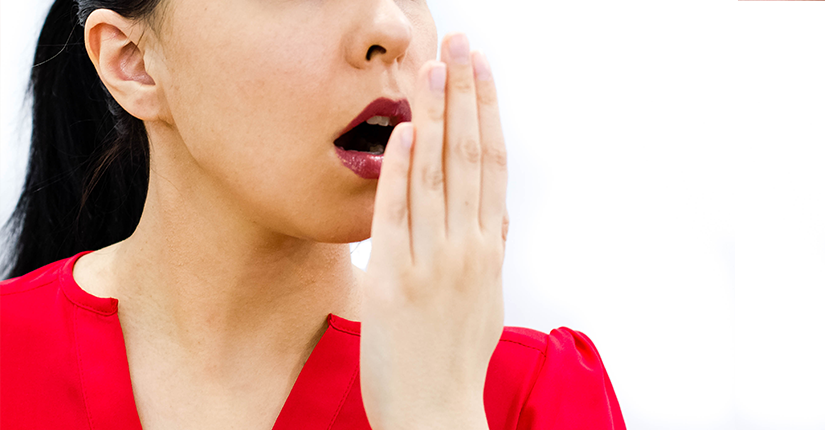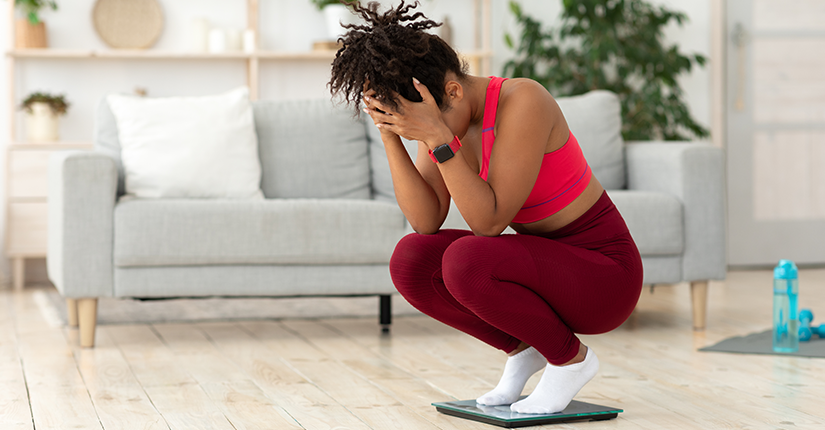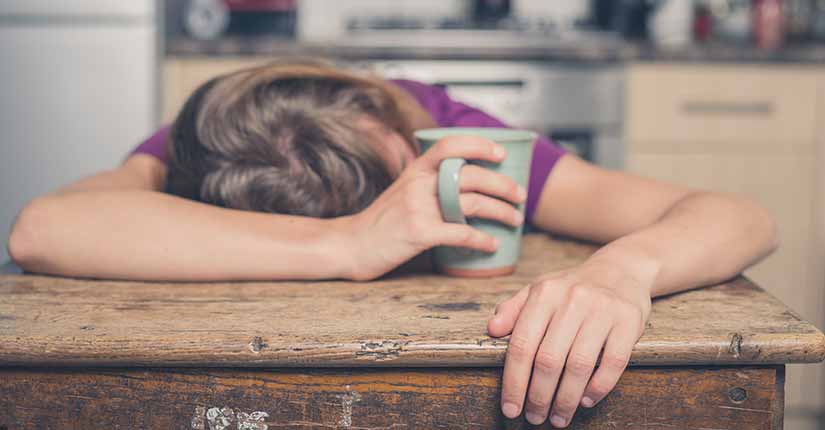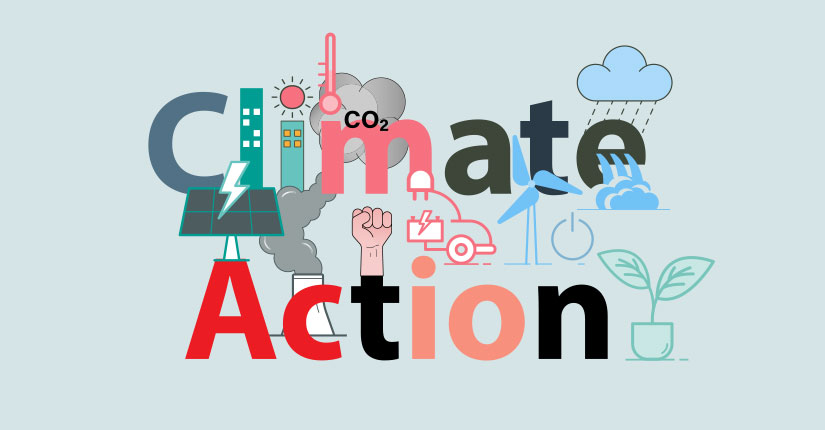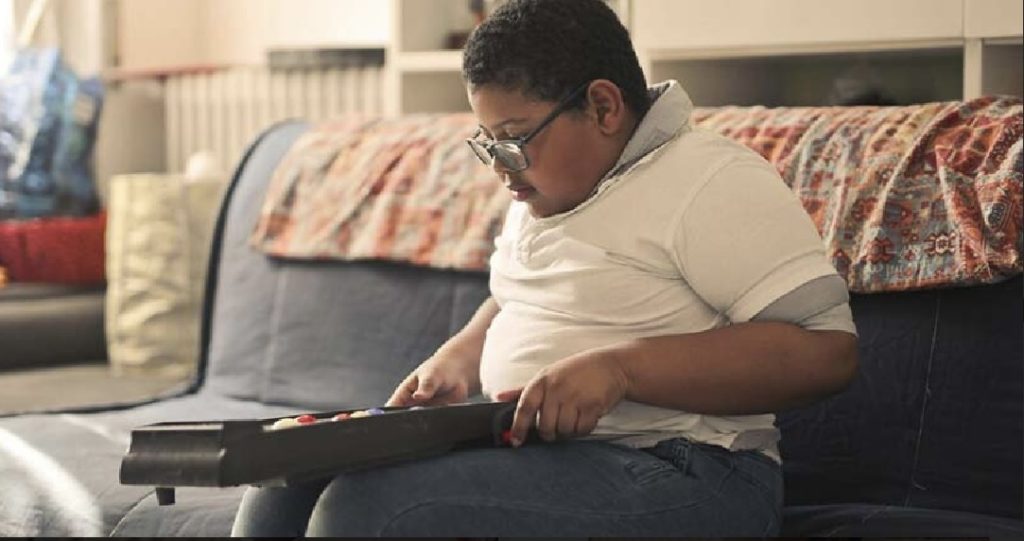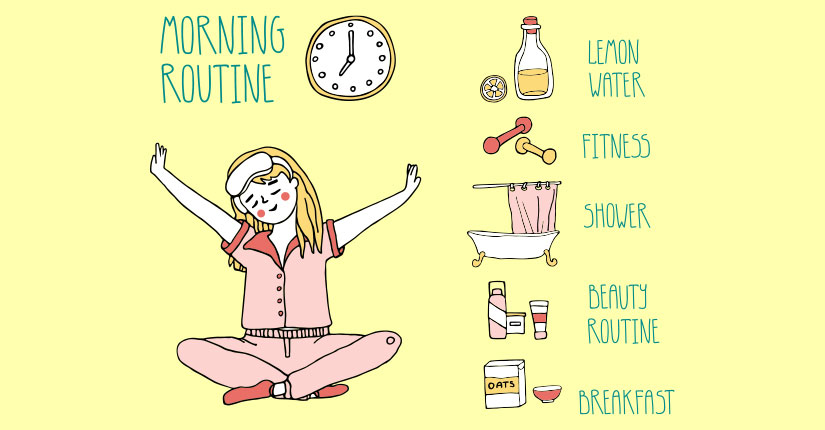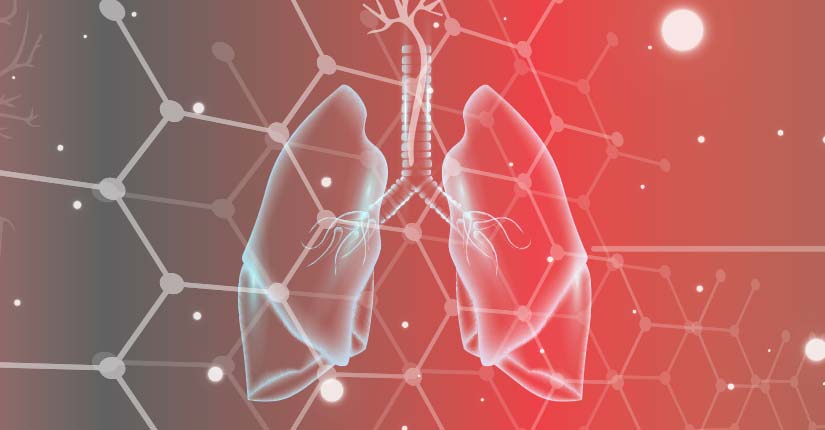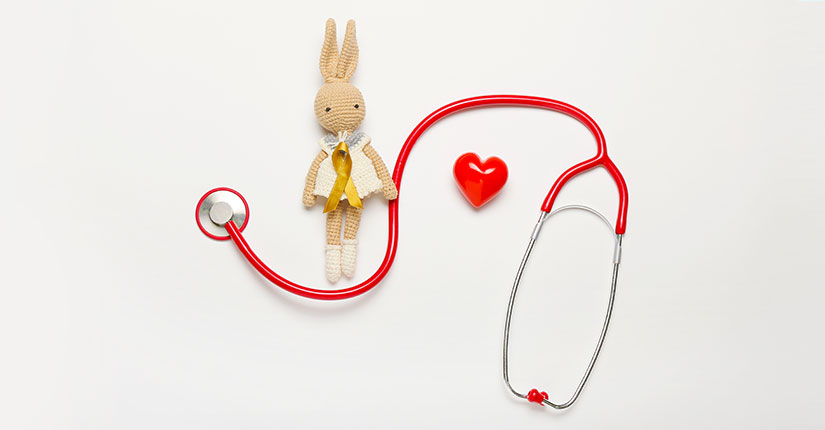Bone Health: Differences in Men and Women
By Nmami Agarwal 24-Jun 2022 Reading Time: 5 Mins

Men and women respond differently to diseases and treatments for biological, social and psychological reasons.Gender differences in bone and muscle mass are not evident at birth or even until puberty. The growth pattern of bone in boys is different from girls. Boys have two more years of growth before puberty, and the pubertal growth spurt in boys lasts for four years compared to three years in girls.
Here are few differences in bone health based on gender:
- Skeletal differences – Differences that exist in bone structure between men and women are often prominent. For example, women are shorter, and gender height differences are common around the world. Globally, women are about 4 1/2 inches shorter than men.
- Osteopenia and Osteoporosis – Bone diseases such as osteopenia, osteoporosis, and osteoarthritis are more common in women, especially early on. Additionally, inflammatory arthritis affects more women than men. And while inflammatory arthritis can affect anyone of any age, the majority of women with these conditions are between ages 30 to 50. Women start with lower bone density than their male peers and they lose bone mass more quickly as they age, which leads to osteoporosis in some women. Osteoporosis is an end stage disease of aging in which a person’s bones become brittle, putting them at high risk of fracture, is generally considered a woman’s disease.
- Hormones and osteoarthritis relation – Researchers speculate women are more often affected because of hormones and biomechanics. In terms of hormones, reducestrogengen and testosterone are believed to play a part in the development of Osteoarthritis in women. The risk of it actually shoots up right after menopause, the time in a woman’s life when her periods stop. Because testosterone is produced in the ovaries, menopause means lower testosterone levels. Testosterone generally helps build up muscles and strengthens them, so they are better able to support the bones and joints. The reduced levels further increase a woman’s risk for this disease. Whereas in men, the hormone level is intact until 50-60 years old so the risk is lower.
- Aging – After reaching peak bone mass, both men and women will start to lose bone tissue as they age. In women, age-related bone loss starts in their early to mid-30s.This process is heightened by rapid decreases in estrogen as women enter menopause. Gradual bone loss is not unusual with aging, but women tend to be younger when they start to lose bone. In addition, they lose bone at a faster rate. The rate for bone loss in men is much lower throughout their lives and is influenced by estradiol levels.Estradiol is a form of estrogen crucial to male sexuality. Bone loss is a normal part of aging in both men and women; by about age 75, men and women lose bone at the same rate and both genders are less able to absorb calcium.
Over to You: It is possible to delay bone loss and reduce your risk for bone disease regardless of gender. Eat a healthy and well-balanced diet that is rich in calcium and vitamin D. Stay active with weight-bearing exercise that is appropriate for your age and ability. Don’t smoke and drink alcohol in moderation.



